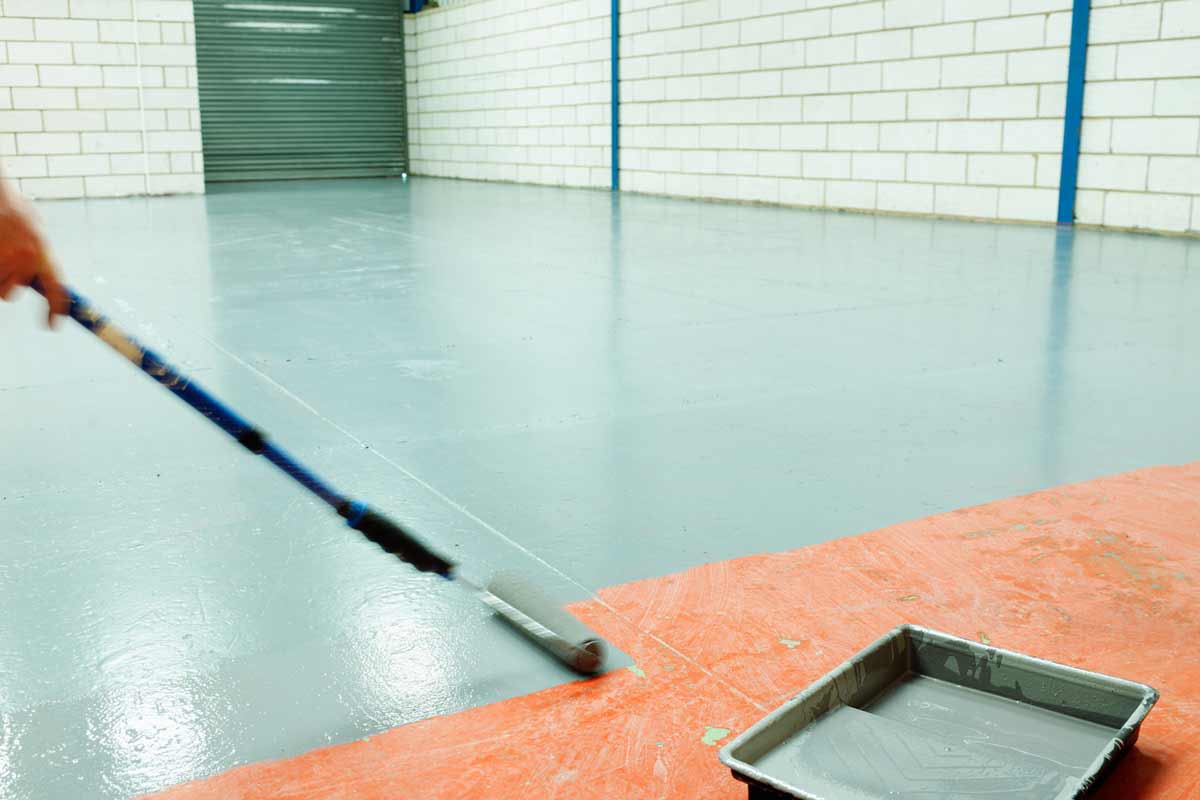

Articles
How Long Does It Take For Floor Paint To Dry
Modified: January 6, 2024
Find out how long it takes for floor paint to dry in our informative and helpful articles. Plan your project accordingly for the best results.
(Many of the links in this article redirect to a specific reviewed product. Your purchase of these products through affiliate links helps to generate commission for Storables.com, at no extra cost. Learn more)
Introduction
When it comes to home renovation or improvement projects, painting the floors can be a great way to give your space a fresh new look. Whether you are painting a concrete garage floor or a wooden deck, one important factor to consider is the drying time of the floor paint.
The drying time of floor paint refers to the amount of time it takes for the paint to completely dry and cure, allowing for foot traffic and furniture placement. It’s crucial to understand the drying time of floor paint to effectively plan your project and avoid any inconvenience or damage to the newly painted surface.
In this article, we will explore the factors that affect the drying time of floor paint, different types of floor paints and their respective drying times, as well as techniques to speed up the drying process. So, let’s dive in and gain a better understanding of how long it takes for floor paint to dry.
Key Takeaways:
- Understanding the factors affecting floor paint drying time, choosing the right paint type, and creating optimal environmental conditions are crucial for achieving quick and successful drying.
- Avoid common mistakes such as applying thick coats, insufficient surface preparation, and ignoring optimal environmental conditions to prevent unnecessary delays in the floor paint drying process.
Read more: How Long Does It Take Epoxy Floors to Dry
Factors Affecting Drying Time of Floor Paint
The drying time of floor paint can be influenced by several factors. Understanding these factors can help you estimate the time required for the paint to dry and cure. Here are some key factors to consider:
- Type of Paint: Different types of floor paints have varying drying times. Oil-based paints typically take longer to dry compared to water-based paints. Additionally, the composition and additives used in the paint formulation can also affect the drying time.
- Humidity and Temperature: The environmental conditions play a crucial role in the drying process. High humidity levels and low temperatures can significantly prolong the drying time. It’s ideal to paint floors in moderate humidity and temperature conditions for faster drying.
- Thickness of the Paint Layer: The thickness of the applied paint layer can impact the drying time. Thicker layers take longer to dry compared to thin, even coats. It’s important to follow the recommended coverage guidelines provided by the paint manufacturer to ensure proper drying.
- Surface Porosity: The porosity of the flooring material also affects the drying time. Porous surfaces, such as concrete, absorb more moisture from the paint, leading to longer drying times. Preparing the surface properly, such as cleaning and sealing any cracks or pores, can help shorten the drying time.
- Ventilation: Proper ventilation plays a crucial role in the drying process. Sufficient air circulation helps evaporate the solvents in the paint, allowing it to dry faster. Adequate ventilation is especially important when using oil-based paints, as these emit more fumes.
- Primer and Undercoat: Applying a primer or undercoat before the final coat of paint can affect the drying time. Primers require their own drying time before the actual floor paint is applied. Ensure that each layer is completely dry before proceeding to the next for optimal drying results.
By taking these factors into consideration, you can better estimate the drying time of your floor paint and plan your project accordingly. However, it’s important to remember that drying times can vary depending on the specific product and brand you are using, so always refer to the paint manufacturer’s instructions for the most accurate information.
Type of Floor Paints and Their Drying Times
There are several types of floor paints available in the market, each with its own unique characteristics and drying times. Understanding the different types can help you choose the right paint for your project and estimate the drying time more accurately. Here are some common types of floor paints and their respective drying times:
- Water-Based Acrylic Paint: Water-based acrylic paint is a popular choice for floor painting projects. It dries relatively quickly, usually within 2-4 hours. However, it’s important to note that even though the paint may feel dry to the touch in a few hours, it may require additional time to fully cure and withstand heavy foot traffic.
- Oil-Based Paint: Oil-based paints take longer to dry compared to water-based options. They can take anywhere from 8 to 24 hours to dry, depending on factors such as temperature, humidity, and the thickness of the paint layer. It’s essential to allow sufficient drying time before allowing any foot traffic or placing furniture on the painted surface.
- Epoxy Paint: Epoxy paints are known for their durability and resistance to chemicals and stains. These paints typically consist of two components that need to be mixed before application. The drying time for epoxy paints varies depending on the specific product but can range from 12 to 24 hours. It’s recommended to allow 24 hours or more for full curing to achieve maximum strength.
- Concrete Stains: Concrete stains are used to enhance the appearance of concrete floors while providing a protective coating. The drying time for concrete stains varies depending on the product and brand. Some stains dry within a few hours, while others may require 24 hours or more for complete drying.
- Latex Paint: Latex paints are a type of water-based paint that is commonly used for interior floor painting projects. They dry relatively quickly, usually within 1-2 hours. However, it’s crucial to note that latex paint may take longer to fully cure, so it’s best to wait at least 24 hours before subjecting the painted surface to heavy traffic.
It’s important to emphasize that these are general guidelines, and the drying times can vary depending on several factors. Always refer to the manufacturer’s instructions and product specifications for the specific paint you are using to get the most accurate drying time.
Surface Preparation for Faster Drying
Proper surface preparation is essential for achieving faster drying times when painting floors. By following these steps, you can ensure that the paint adheres well to the surface and dries more efficiently:
- Clean the Surface: Before applying any paint, thoroughly clean the floor surface to remove dust, dirt, and any existing coatings. Use a broom, vacuum, or mop to ensure the surface is free from debris. This will help the paint adhere better and facilitate faster drying.
- Repair Any Damage: Inspect the floor for any cracks, holes, or damaged areas. Repair these imperfections using appropriate fillers or patching compounds. Waiting for these repairs to dry before applying the paint will ensure a smooth and uniform finish.
- Sand the Surface: If you are painting over a previously painted floor, lightly sand the surface to promote better adhesion. This step helps remove any gloss or roughen up the surface, allowing the new paint to better grip and dry faster.
- Apply a Primer/Sealer: Applying a primer or sealer before the actual paint can improve adhesion and help the paint dry faster. Primers create a smooth and stable surface for the paint, reducing the risk of uneven drying or peeling. Follow the manufacturer’s instructions for the recommended drying time of the primer/sealer before applying the main coat of paint.
- Use a Proper Applicator: The type of applicator you use can impact the drying time. Rollers and brushes are commonly used for floor painting projects. Ensure that you choose the right size and material that is recommended for your specific paint type. Using high-quality brushes and rollers will result in a smoother application and faster drying.
- Apply Thin, Even Coats: Rather than applying a thick layer of paint, it’s better to apply multiple thin and even coats. Thinner coats have a shorter drying time and are less prone to drips or uneven drying. Allow each coat to dry completely before applying the next, following the manufacturer’s recommended drying time.
Following these surface preparation techniques will not only help your floor paint dry faster but also ensure a more durable and long-lasting finish. Remember to always refer to the paint manufacturer’s guidelines for specific surface preparation instructions for the best results.
Allow at least 24 hours for floor paint to dry completely before walking on it or placing furniture. Use fans or open windows to help speed up the drying process.
Optimal Environmental Conditions for Quick Drying
The environmental conditions in which you paint your floors can significantly impact the drying time of the paint. Here are some optimal environmental conditions to promote quicker drying:
- Temperature: Choose a day with moderate temperatures for painting your floors. Generally, a temperature range of 50-85°F (10-30°C) is ideal for faster drying. Higher temperatures can cause the paint to dry too quickly, potentially leading to poor adhesion, while lower temperatures can prolong the drying time.
- Humidity: Avoid painting floors on days with high humidity levels. Moisture in the air can slow down the drying process. Ideally, the humidity should be below 50% for optimal drying. Consider using dehumidifiers or fans to reduce humidity levels in the room.
- Air Circulation: Proper air circulation is crucial for speeding up the drying process. Ensure that the painting area is well-ventilated by opening windows or using fans to promote air movement. This will help evaporate the solvents in the paint, allowing it to dry faster.
- Avoid Direct Sunlight: While sunlight can help dry certain types of paints faster, it’s best to avoid direct sunlight on the freshly painted floor. Direct sunlight can cause the paint to dry too quickly and potentially lead to uneven drying or blistering. Paint in shaded areas or during times of the day when direct sunlight is minimal.
- Avoid Excessive Moisture: Ensure that the floor surface is dry before applying paint. Moisture can interfere with the paint’s adhesion and drying process. If there are any water leaks or moisture issues, address them before starting the painting project.
- Follow Manufacturer’s Recommendations: Always refer to the paint manufacturer’s instructions for specific recommendations regarding optimal drying conditions. Different paints may have varying requirements, and following the guidelines will ensure the best results.
By creating the right environment for your floor painting project, you can help speed up the drying process and achieve a beautifully finished floor in less time. Remember to plan your project accordingly and choose a day with suitable environmental conditions for optimal drying.
Read more: How Long Does it Take for Porch Paint to Dry
Techniques to Speed Up Floor Paint Drying
If you’re looking to expedite the drying process of your floor paint, there are several techniques you can employ to help speed it up. Here are some effective ways to accelerate the drying time:
- Use Fans or Ventilation: Increase air circulation by using fans or opening windows. Position fans to blow across the painted surface, which will help evaporate the moisture and solvents, resulting in faster drying. Ensure that the airflow is directed away from the painted area to prevent dust or debris from settling on the wet surface.
- Apply Thin Coats: Instead of applying one thick coat of paint, opt for multiple thin coats. Thin coats dry faster as they have less paint to dry and allow for better airflow. Ensure each coat is fully dry before applying the next one.
- Use Heat Source: Utilize heat sources, such as heaters or heat lamps, to create a warmer environment that promotes quicker drying. Be cautious with this technique, as excessive heat can cause the paint to dry too quickly and potentially lead to cracking or peeling. Maintain a moderate temperature and use heat sources from a safe distance.
- Choose Fast-Drying Paint: When selecting floor paint, look for products that are specifically formulated for quick drying. These paints typically contain additives that accelerate the drying process. Refer to the manufacturer’s specifications to ensure you choose a paint with faster drying times.
- Time Your Painting: Plan your painting project strategically to take advantage of optimal environmental conditions. Choose a day with low humidity, moderate temperature, and good air circulation. Painting during dry periods, such as in the morning or on a breezy day, can help facilitate faster drying.
- Use a Dehumidifier: If you’re painting in a high humidity environment, consider using a dehumidifier to reduce the moisture levels in the room. This will help create a drier atmosphere, allowing the paint to dry faster. Place the dehumidifier near the painted surface to expedite the drying process.
- Follow Recommended Drying Times: While it may be tempting to hasten the process, it’s crucial to allow each coat of paint to dry fully before proceeding to the next step. Rushing the drying time can result in uneven drying and compromised paint finish. Follow the manufacturer’s recommended drying times to ensure a durable and professional-looking floor.
By implementing these techniques, you can significantly reduce the drying time of your floor paint. However, it’s important to note that the effectiveness of these methods may vary depending on the type of paint, environmental conditions, and other factors. Always refer to the paint manufacturer’s instructions for the best approach to speeding up the drying process.
Common Mistakes that Delay Drying Process
When painting floors, avoiding certain mistakes can help prevent unnecessary delays in the drying process. Here are some common mistakes to avoid:
- Applying Thick Coats: Applying a thick coat of paint may seem like a time-saving technique, but it can actually prolong the drying time. Thick coats take longer to dry and can result in uneven drying, drips, and a less durable finish. Instead, opt for thin and even coats for faster and more efficient drying.
- Insufficient Surface Preparation: Properly preparing the surface before painting is crucial for optimal adhesion and faster drying. Failing to clean the surface thoroughly, repair any damage, or properly prime can lead to poor paint adhesion and extended drying times. Take the time to properly prepare the surface to ensure a smooth and quick drying process.
- Inadequate Ventilation: Insufficient air circulation can impede the drying process. Make sure the area is well-ventilated by opening windows, using fans, or employing a proper ventilation system. Ample air movement will help evaporate the moisture and solvents from the paint, promoting faster drying.
- Ignoring Optimal Environmental Conditions: Painting floors in unfavorable environmental conditions, such as high humidity or extreme temperatures, can significantly delay the drying process. Avoid painting during excessively humid or cold conditions, as these conditions prevent proper drying. Choose days with moderate temperatures and lower humidity levels for quicker drying.
- Touching or Placing Heavy Objects Too Soon: While the paint may feel dry to the touch, it doesn’t mean it’s fully cured. Placing heavy furniture or walking on the painted surface too soon can leave marks or even cause the paint to peel. Follow the manufacturer’s recommended drying time and wait for the paint to fully cure before subjecting it to any weight or foot traffic.
- Not Following Manufacturer’s Instructions: Each type of floor paint may have specific instructions provided by the manufacturer. Not following these instructions can lead to poor drying results. Always read and follow the manufacturer’s guidelines regarding application techniques, drying times, and other essential details to ensure the best outcome.
- Applying Additional Coats Too Early: Applying additional coats of paint before the previous coat has completely dried can result in extended drying times and a compromised finish. Allow each coat to dry fully as per the manufacturer’s instructions before applying subsequent coats. Rushing the process can lead to tacky or unevenly dried surfaces.
By avoiding these common mistakes, you can ensure a smoother and quicker drying process for your floor paint. Take the time to properly prepare, follow the instructions, and create an environment conducive to optimal drying conditions. This way, you can enjoy a beautifully painted floor in a timely manner.
Conclusion
Painting your floors can revitalize the look of your space and add a fresh, new appeal. Understanding the drying time of floor paint is essential for a successful and efficient project. Factors such as the type of paint, environmental conditions, surface preparation, and application techniques all play a crucial role in determining how long it takes for floor paint to dry.
By considering these factors and implementing the techniques shared in this article, you can expedite the drying process and achieve the desired results in a timely manner. Proper surface preparation, including cleaning, repairing, and priming, sets the foundation for faster drying. Optimal environmental conditions such as moderate temperature, low humidity, and adequate ventilation facilitate quicker drying. Thin and even coats, as well as following the manufacturer’s recommended drying times, also contribute to a faster drying process.
It’s important to avoid common mistakes that can delay the drying process. Applying thick coats, insufficient surface preparation, poor ventilation, ignoring optimal environmental conditions, and not following manufacturer’s instructions can all lengthen drying times and compromise the quality of the painted surface.
Remember to be patient and allow sufficient time for the paint to fully dry and cure before subjecting it to foot traffic or placing heavy objects on it. Rushing the process can lead to unsatisfactory results and damage the newly painted surface.
In conclusion, understanding the factors that affect drying time, choosing the right type of paint, proper surface preparation, creating optimal environmental conditions, and employing appropriate techniques will help you achieve quick and successful drying of your floor paint. Happy painting!
Frequently Asked Questions about How Long Does It Take For Floor Paint To Dry
Was this page helpful?
At Storables.com, we guarantee accurate and reliable information. Our content, validated by Expert Board Contributors, is crafted following stringent Editorial Policies. We're committed to providing you with well-researched, expert-backed insights for all your informational needs.
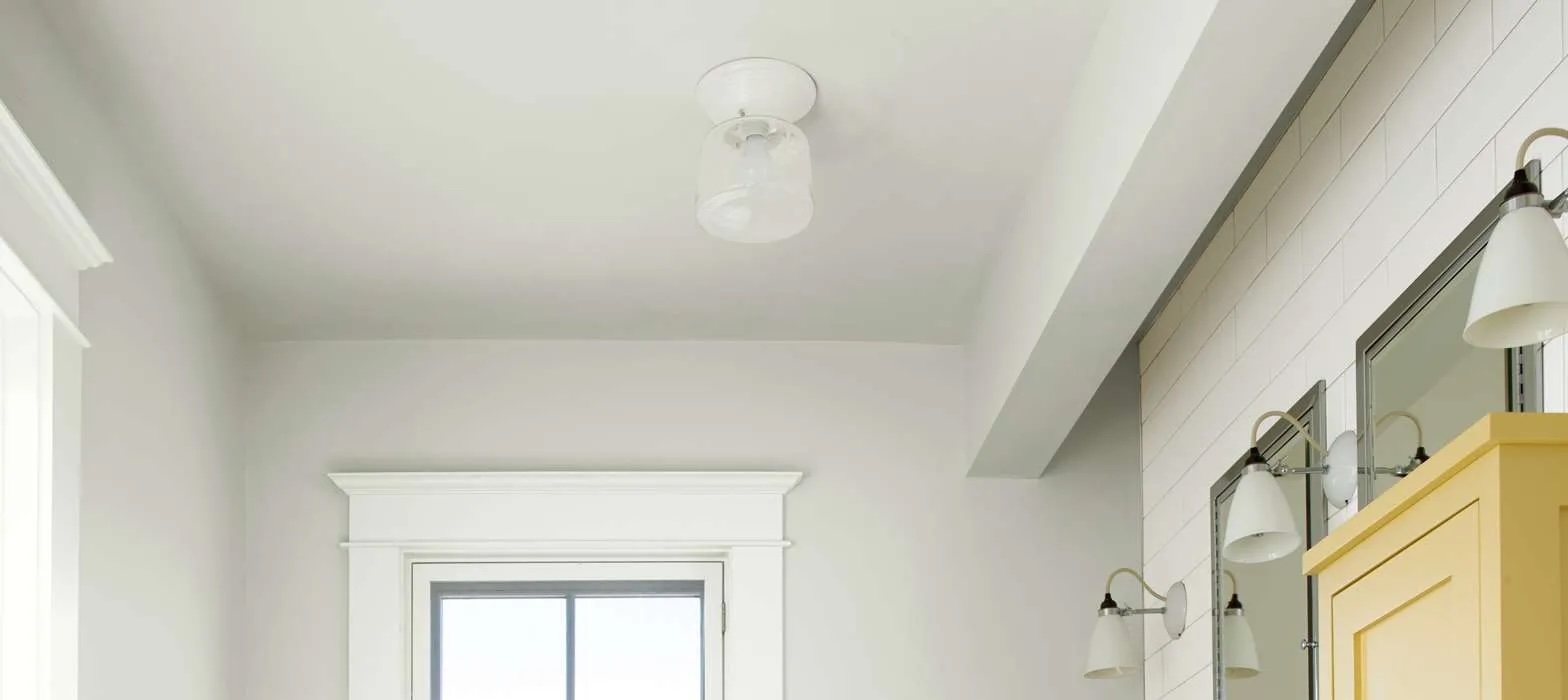
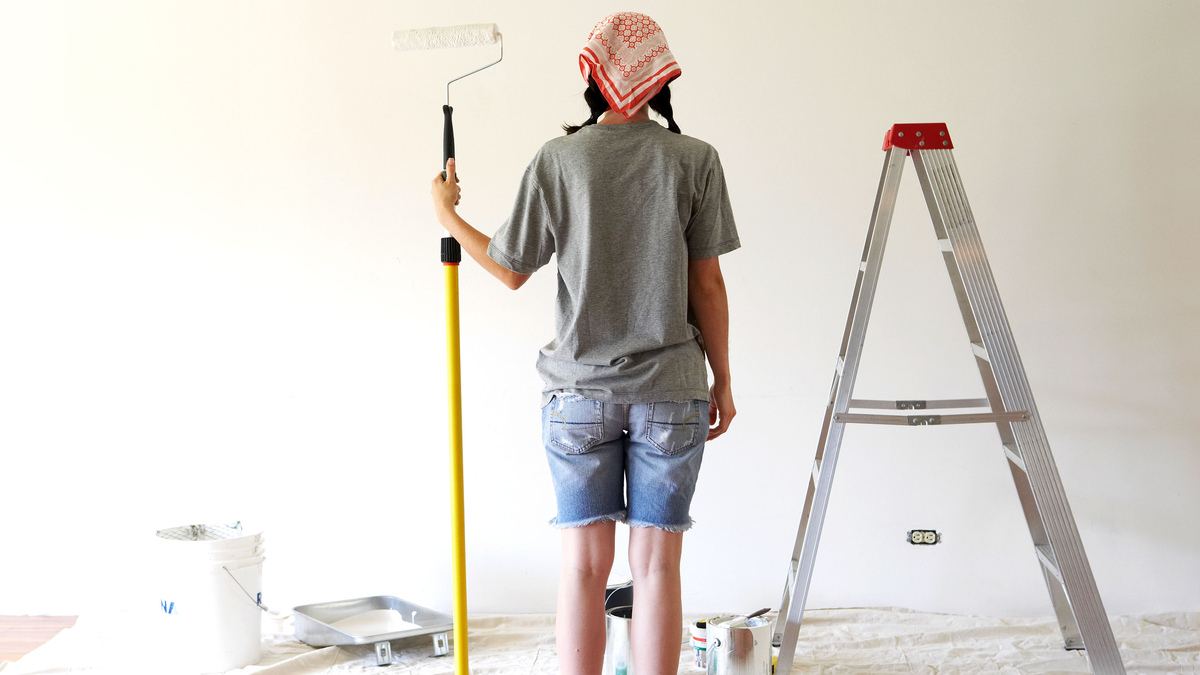
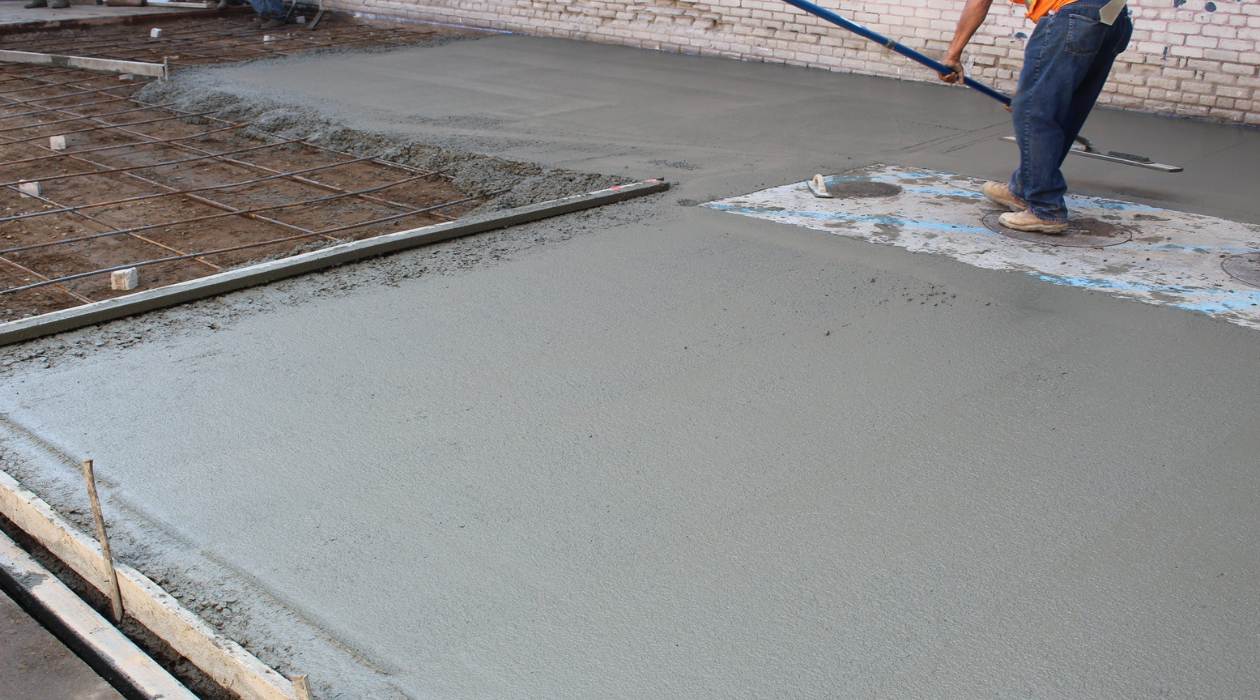
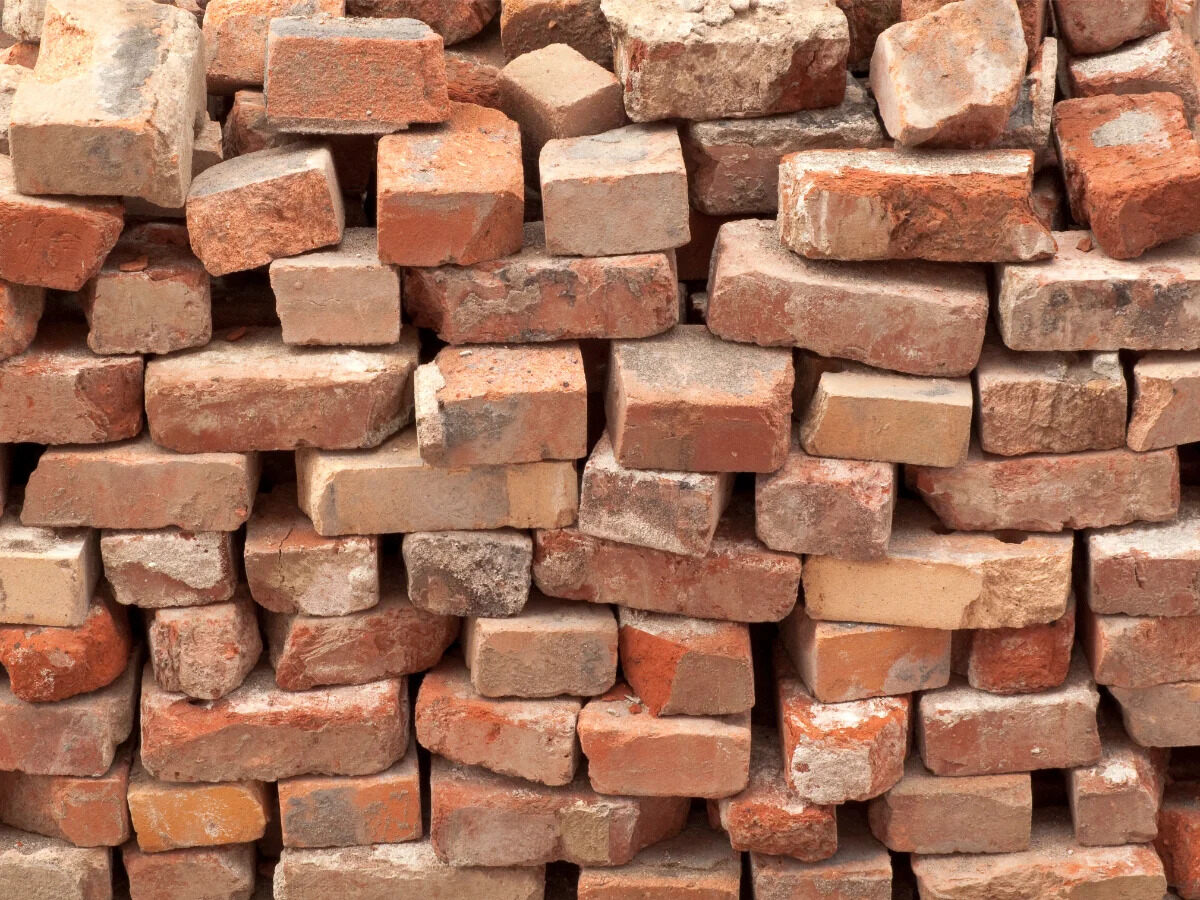
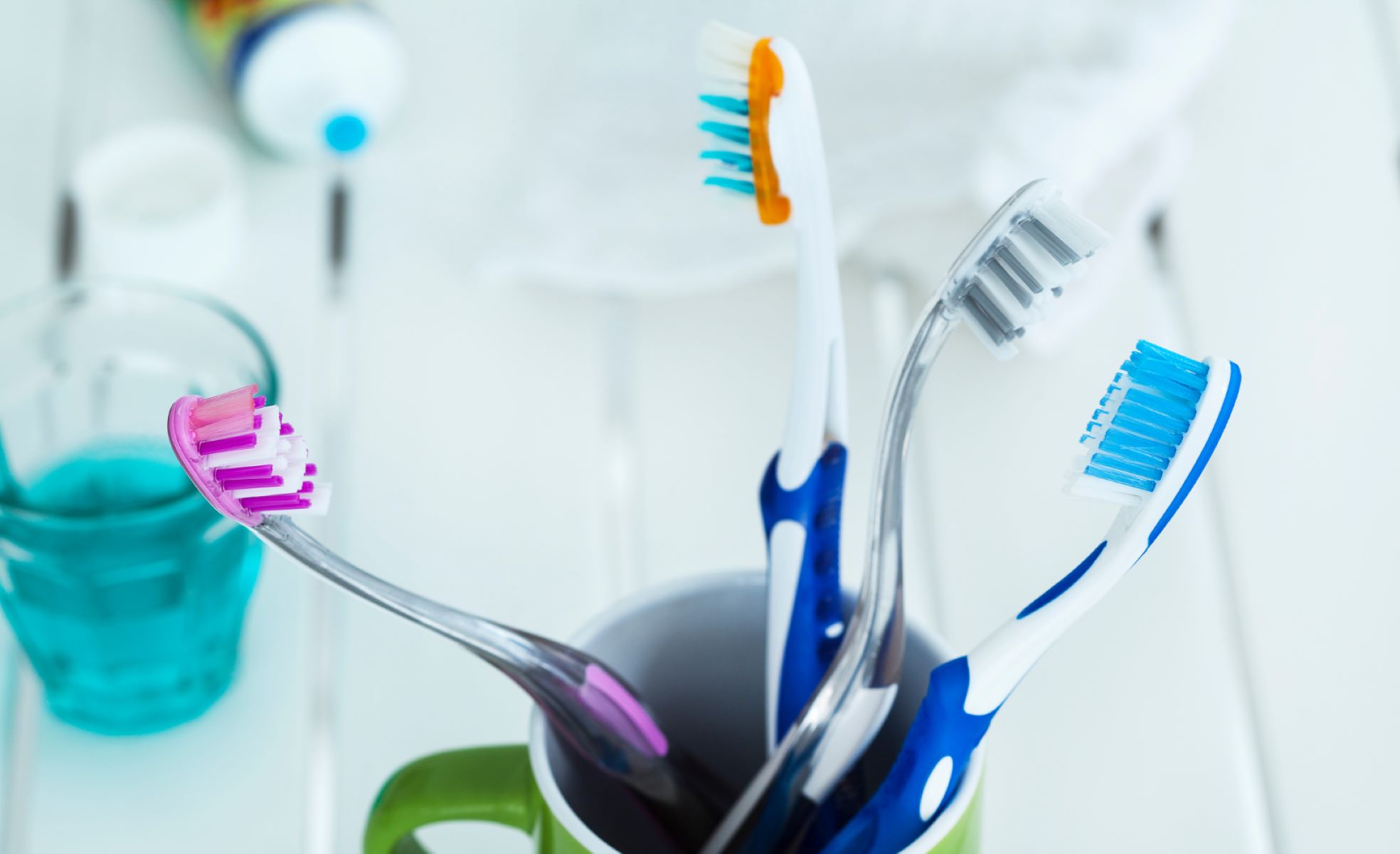
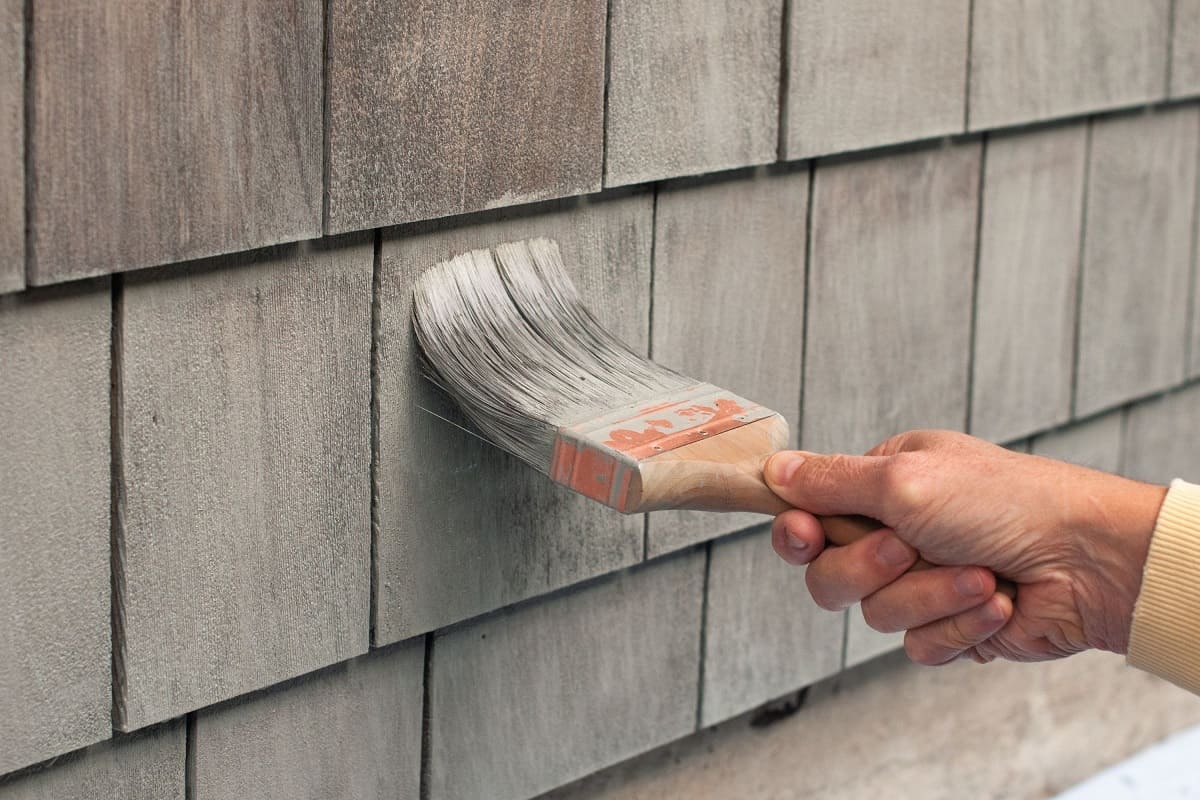
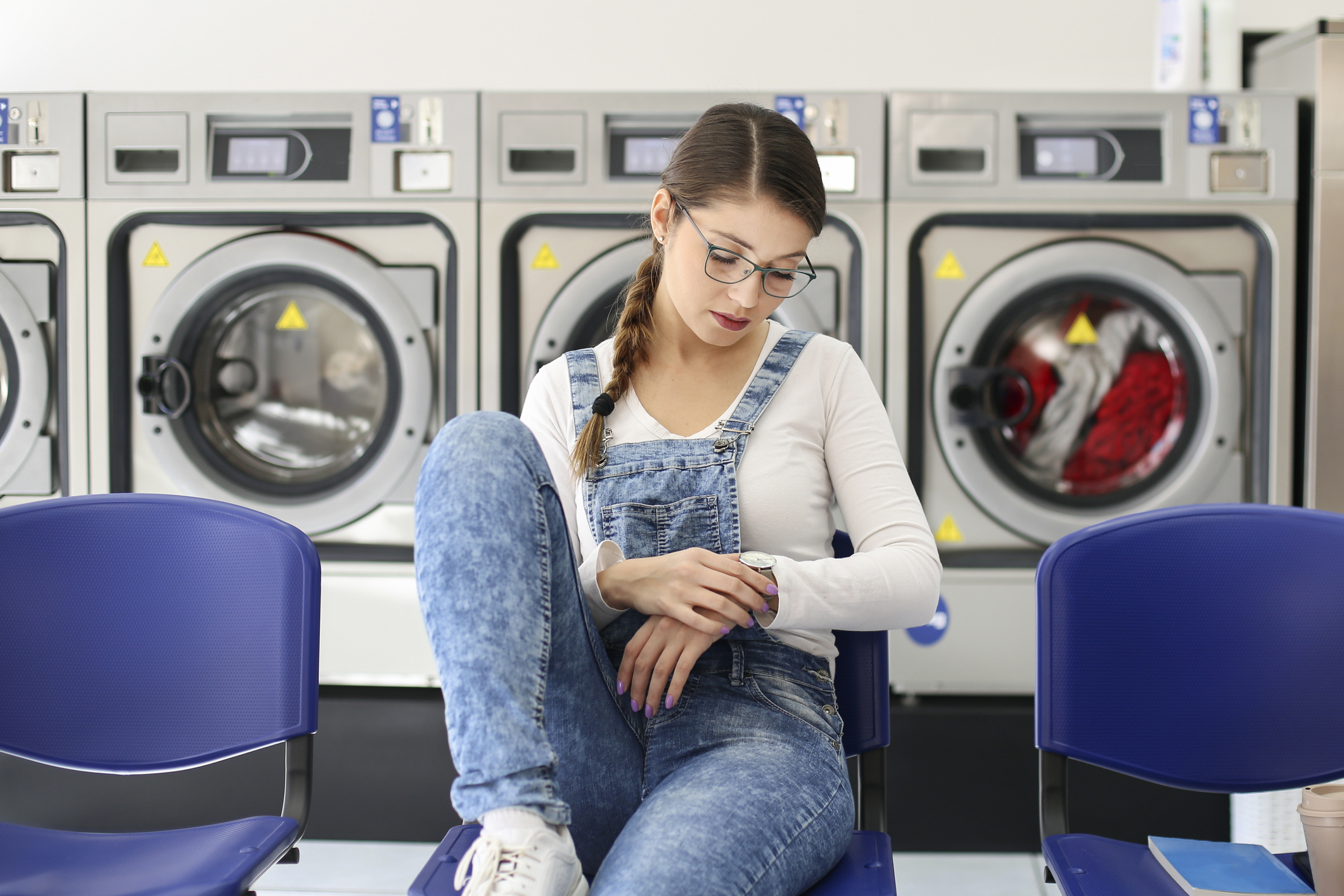
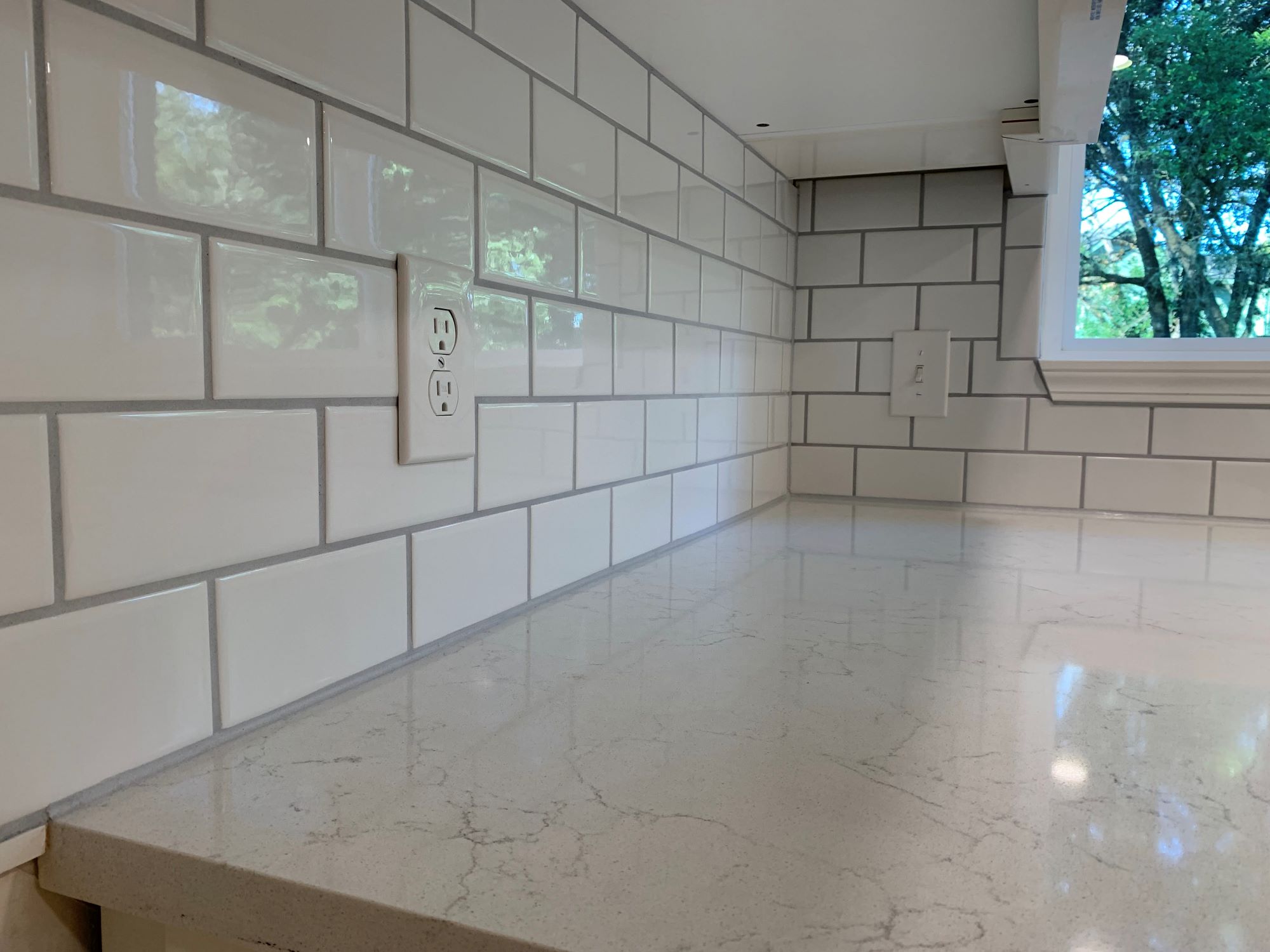
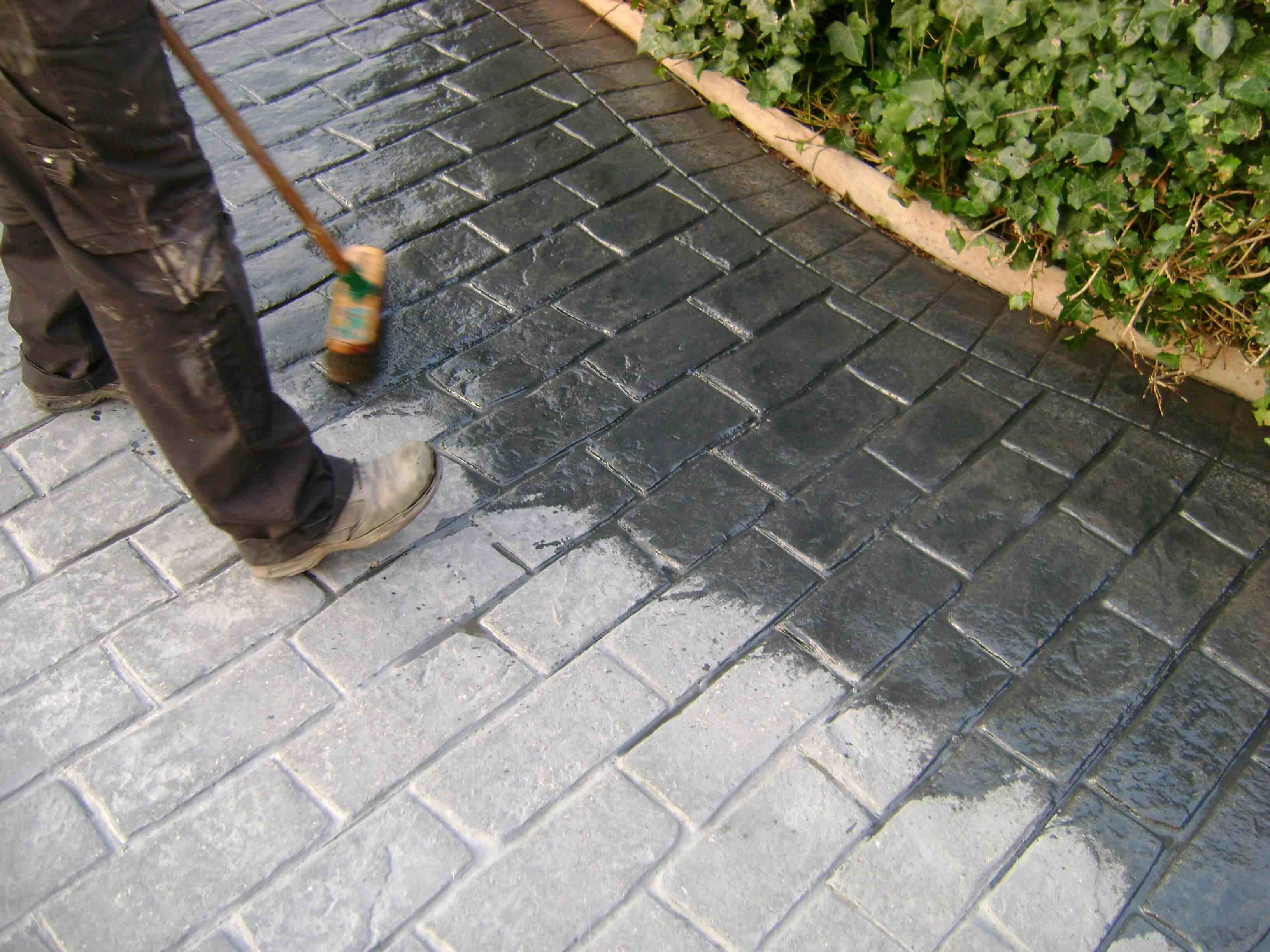
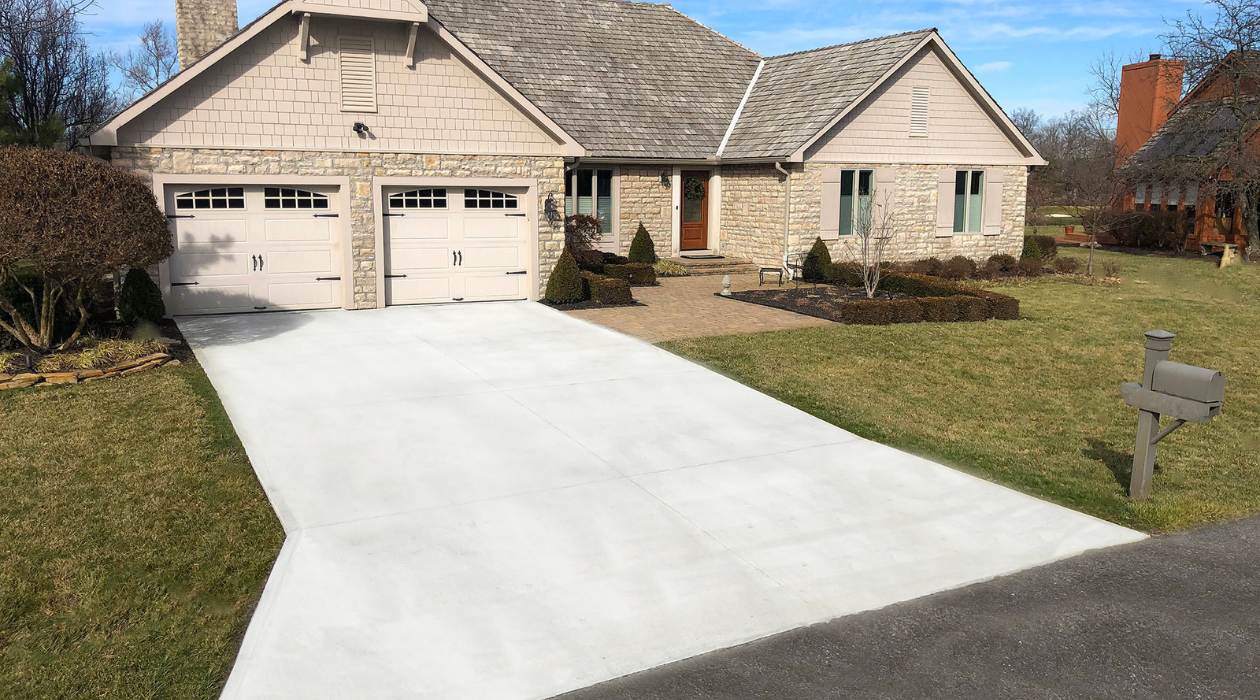
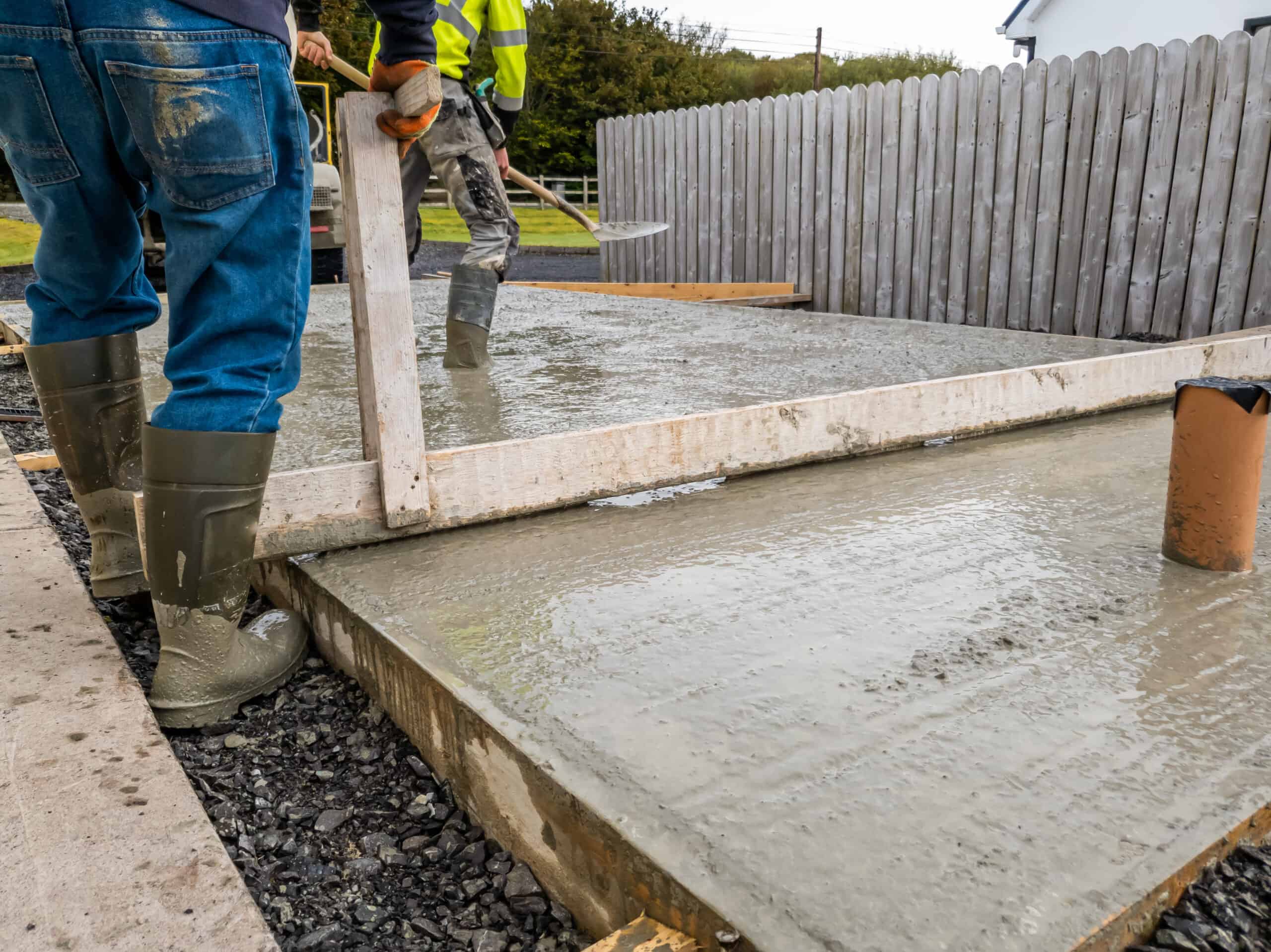
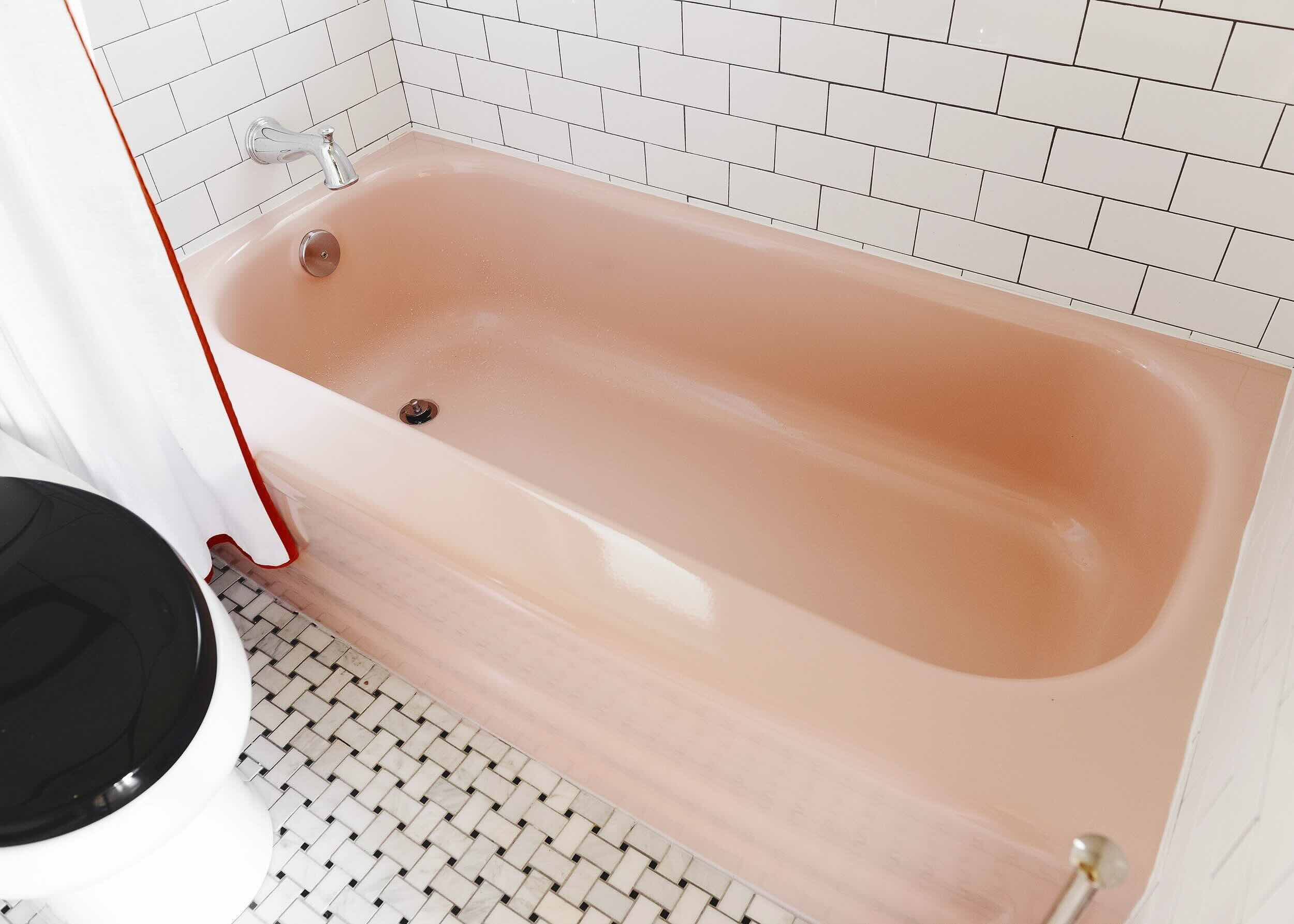
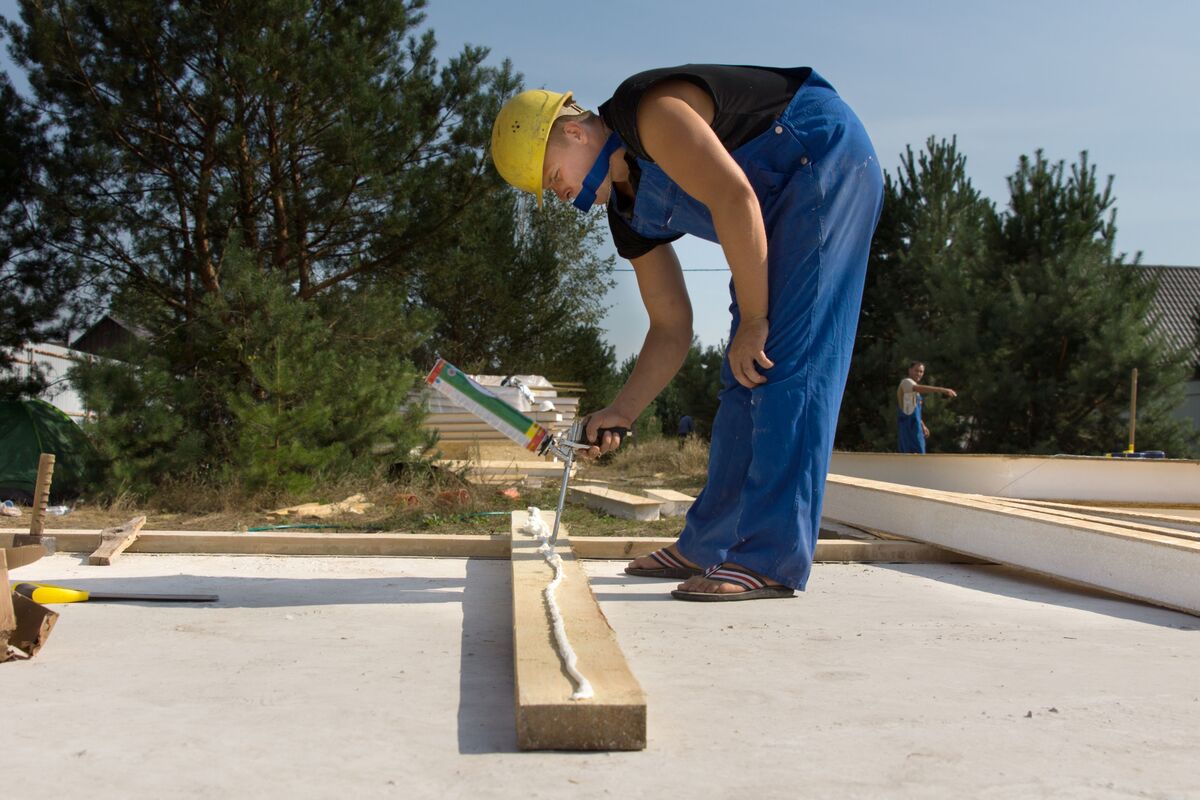
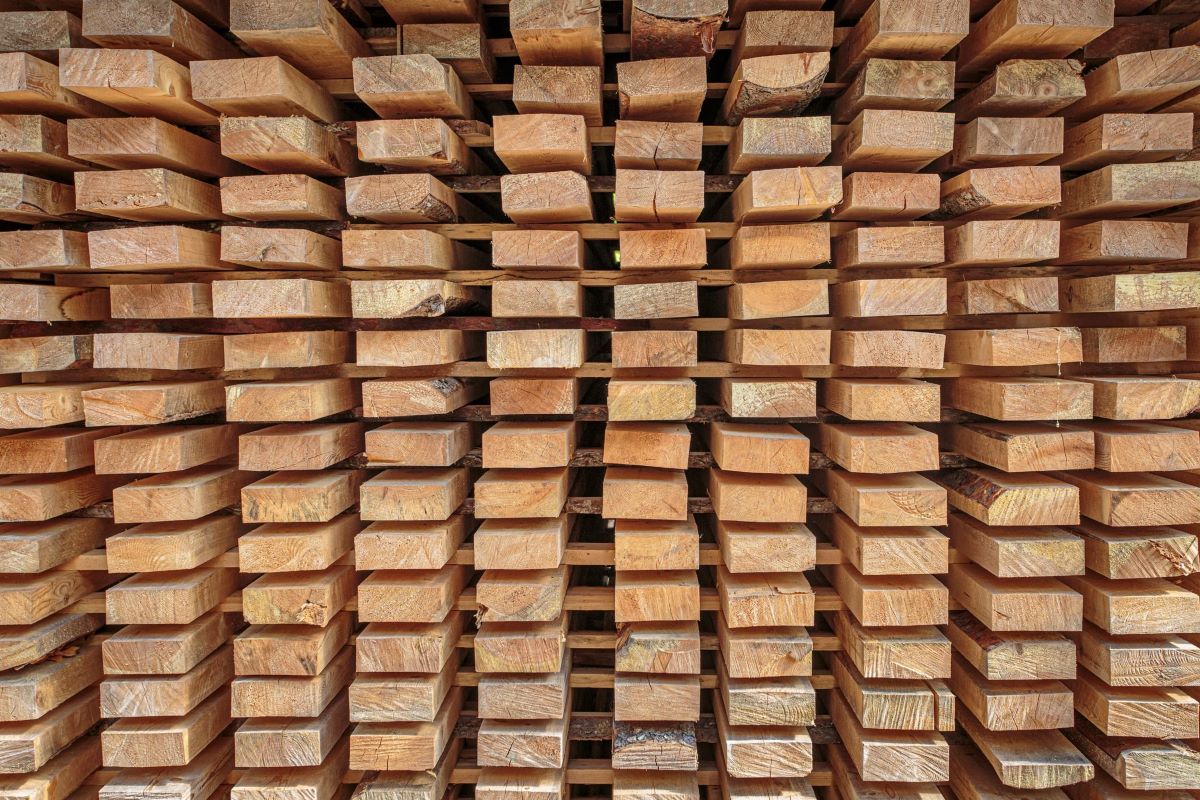

0 thoughts on “How Long Does It Take For Floor Paint To Dry”